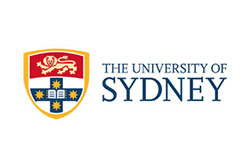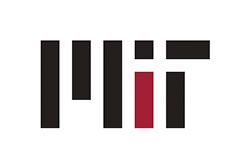Public transit (bus) operators in many jurisdictions throughout the world currently deliver regular public transport services under a negotiated contract, typically between five and ten years, with renegotiation commonly assumed. In the last 20 years, however, there has been a move to competitively tendered service supply or a dialogue as a pre-phase to considering competitive tendering. Despite the growing interest in competitive tendering in the belief (almost ideological in many situations) that it will deliver value for taxpayers’ money in contrast to negotiated contracts, accumulating evidence suggests that negotiated performance-based contracts associated with a well-designed and effective actionable benchmarking programme with high quality incumbent service providers, can provide as good if not better value for money to government and society. Much of the evidence is now well documented in the literature; however there is one feature of the contracting environment that has not been given sufficient consideration, namely the complementary role that non-contracted services such as charter activity can play in improving the cost efficiency of contracted services. This paper investigates this phenomenon in the context of Sydney (Australia) bus service provision, aligned to the literature on output-based incentives, and shows that operators who participate in greater non-contracted services, while also delivering contracted services, have higher cost efficiency (in terms of cost per contracted in-service kilometres). While this can be explained in part by the quality of such operators, who are often more entrepreneurial and better managers, the evidence suggests that if operators can be encouraged (or allowed) to use contract assets to gain supplementary revenue (without incurring the same unit rate of costs per kilometre), then the negotiated (or tendered) prices are likely to be lower than they would otherwise be. Making this opportunity explicit is equivalent to adding an element of increased incentive compatibility.











